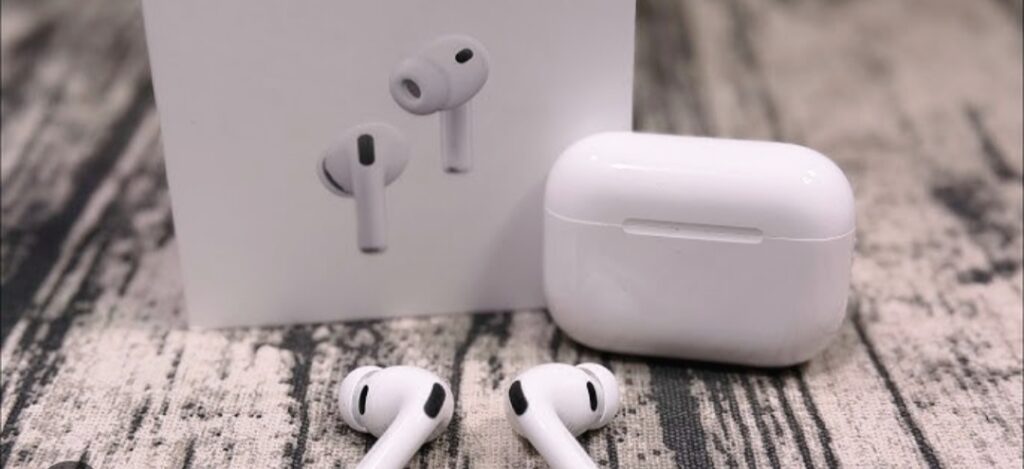Apple’s latest AirPods Pro 3 have arrived with promises of improved performance, enhanced sound quality, and refined design. But beneath the sleek exterior lies a familiar issue: poor repairability. According to iFixit’s latest teardown, the new model scored an abysmal 0 out of 10 in repairability—exactly the same as every generation before it.
Despite years of environmental commitments and sustainability efforts, Apple’s wireless earbuds continue to be one of its most environmentally challenging products.
iFixit’s Brutal Verdict: 0 Out of 10 Repair Score
In its teardown, iFixit found that nothing has changed in terms of internal design philosophy. The batteries remain sealed and glued in place, making them nearly impossible to replace or repair. Once the small lithium cells start to degrade—as all rechargeable batteries eventually do—the entire product effectively becomes e-waste.
Each AirPod houses a 0.221Wh battery, while the charging case includes a 1.334Wh cell. Interestingly, Apple switched from the dual-cell setup used in the AirPods Pro 2 to a single-cell configuration in the new model. This design tweak partly explains the reduced battery endurance: total listening time has dropped from 30 hours to 24 hours.

Yet even with this larger case, Apple hasn’t improved serviceability. Removing the battery still requires destructive methods, ensuring that “repair” is not an option.
Performance and Design Upgrades: Minor but Meaningful
While repairability remains dire, AirPods Pro 3 introduce several upgrades under the hood. Reports highlight optimized audio drivers, refined Active Noise Cancellation, and seamless integration with iOS 19’s Adaptive Audio. The new case features a USB-C port, aligning with the EU’s sustainability directives on universal charging standards.
However, these changes primarily enhance user convenience, not long-term sustainability. Consumers get better compatibility and sound, but the product lifespan remains unchanged due to fixed battery design.
The Environmental Cost of Sealed Earbuds
Apple has made strides with recycled materials and eco-friendly packaging, but the AirPods line remains a blind spot in its sustainability narrative. Because the batteries cannot be accessed or replaced, millions of pairs end up in landfills once the cells degrade.
This contrasts starkly with competitors like Fairphone or Nothing, which have experimented with modular components and replaceable batteries, proving that durability and repairability can coexist with innovative design.
Why Repairability Matters
For consumers, repairability is not just about cost savings—it’s about longevity and environmental responsibility. With the average AirPods lifespan estimated at just two to three years, users are pushed into a replace-and-discard cycle, creating avoidable waste.
A more serviceable design could extend product life, reduce carbon emissions, and align with Apple’s public commitment to achieving carbon neutrality by 2030.
The Bottom Line
The Apple AirPods Pro 3 excel in performance and ecosystem integration, offering unmatched convenience for Apple users. However, the 0/10 repairability score remains a major disappointment. For now, Apple’s true wireless earbuds continue to embody a trade-off between innovation and sustainability.
Until Apple embraces repair-friendly designs, every AirPods generation will face the same fate: disposable technology in a world that demands longevity.



